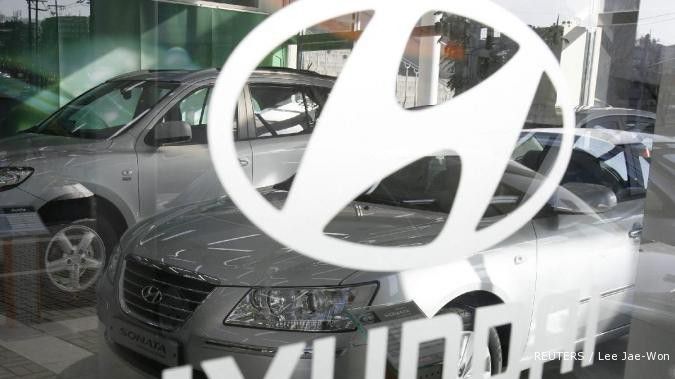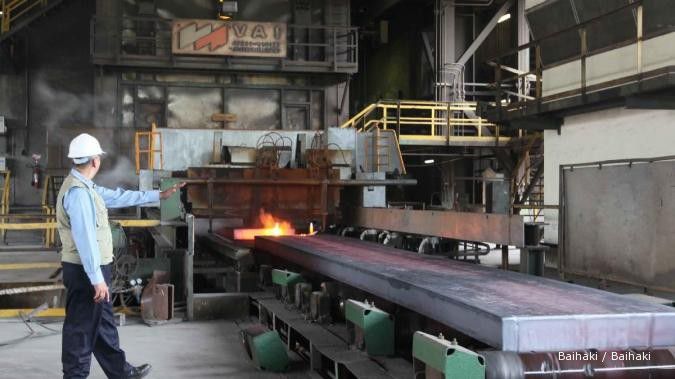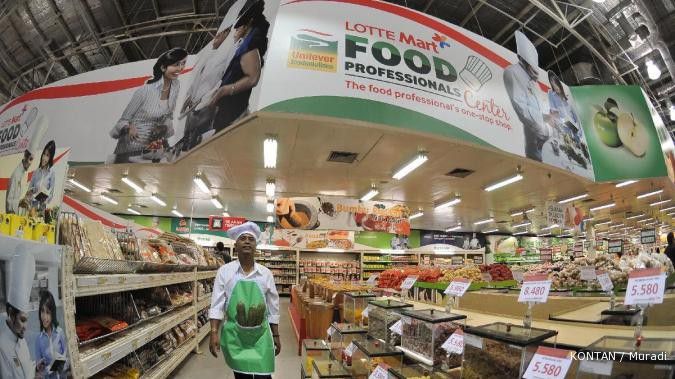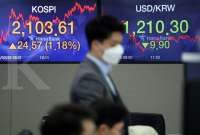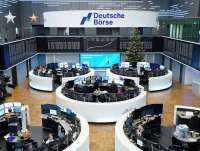JAKARTA. Indonesia remains the country of choice in Southeast Asia for South Korean investments and businesses. Vast natural resources, an ample workforce and a growing domestic market are behind aggressive expansions.
Last year marked the highest investment realized by South Korea in Indonesia in the last six years, data from the Investment Coordinating Board (BKPM) shows.
The amount of investment reached US$1.22 billion in 2011, a 172.3 percent increase from 2006. A huge portion of the figure, 51.4 percent, was channeled to the electronics and base metal sectors.
During the first half of 2012, the amount of realized investment jumped 196.4 percent to $1 billion from a year before, the BKPM reported. South Korea is now the third-largest foreign investor after Singapore and Japan.
According to the South Korean Embassy’s first secretary, Kyoung Min-ko, times have never been better in terms of the economic relationship between both countries.
This year held even brighter prospects following commitments made by giant South Korean companies, such as steel maker POSCO, tire manufacturer Hankook Tires and petrochemical producer Honam Petrochemical Corp., he said.
“These are very big projects in high technology area. Once the investments are realized, the next investments will automatically be induced to support these projects. So we will see an even higher figure this year,” Kyoung said in Jakarta.
As reported previously, POSCO will build a $3 billion fuel cell power plant at Ancol Dreamland Resort in Pademangan, North Jakarta. The world’s third-largest steel maker is also constructing a $6 billion steel plant jointly with Indonesia’s biggest steel producer, Krakatau Steel, in Cilegon, Banten.
Meanwhile, Hankook, the world’s seventh-largest tire maker, is developing a plant in Bekasi, West Java, with total investment expected to reach $1.1 billion by 2018, and Honam, Asia’s second-biggest petrochemical producer, will build a petrochemical complex worth $5 billion.
The rise of Indonesia as an emerging country attracted more diversified South Korean investors and entrepreneurs, Kyoung added.
“In the past, traditional and labor-intensive fields were very strong, such as textiles and footwear. Now we see significant development in other fields as well. Electronics and steel businesses are showing strong improvements,” he said.
To ensure the future of investment in Indonesia, the embassy disbursed the necessary information to businesspeople and, at times, intervened diplomatically to lift investment barriers, Kyoung said.
“However, the Indonesian government should also do more. It can simplify regulations, such as the Labor Law. Conducting more talks with businesspeople is also necessary,” he added.
The South Korean businesses, some of the largest in labor-intensive sectors, have often been hampered by labor unrest. Last January, tens of thousands of workers in Bekasi, West Java, took out their anger over wage issues by cutting off access along the Jakarta-Cikarang toll road. The embassy said the property of several South Korean companies was damaged during the protests.
The Korean Chamber of Commerce and Industry in Indonesia (Kocham) reports that the current number of South Korean companies in Indonesia stands at 1,500, while data from the Industry Ministry shows there were 419 South Korean companies in the country as of June 2012.
One of the major South Korean firms in Indonesia is electronics producer PT LG Electronics Indonesia. LG marketing manager Se Jin-park said his company saw the Indonesian market as highly promising.
“The domestic market has outgrown Thailand in the last three years and is the biggest in Southeast Asia at the moment. We expect it to grow more than Australia’s in the next two to three years,” he said without disclosing sales figures.
Even though the domestic market improved, exports still dominated LG sales at 60 percent, Se said.
According to Kocham president CK Song, South Korean businesses set foot in Indonesia in 1965 with the arrival of timber company Kodeco, which now focuses on oil exploration.
Some businesses left the country because of bombings in the early 2000s. However, Song added, when the global economic crisis erupted in 2008, many South Korean businesspeople realized Indonesia was more stable than other countries in terms of political, social and financial issues.
“Everybody started coming to Indonesia, including those who had left earlier. They regarded the country as a land of opportunity with its vast natural resources and huge workforce,” Song said.
Indonesia’s high need of infrastructure and the government’s open foreign investment invitation also attracted companies to operate in the country. The changes have been drastic, Song said.
According to Song, South Korean businesses’ exports made up 5 percent, or $15 billion, of Indonesia’s total exports as of July 2012.
Separately, Indonesian Institute of Sciences (LIPI) researcher Latief Adam said the growth of South Korean businesses was necessary for the dynamics of Indonesian economy. However, he said, the government should stimulate higher industry-related investments.
“Investments continue to increase, but our competitiveness index fell, as shown in the latest report of the World Economic Forum. It means we are still considered more as a market than as a production base,” he said.
To boost investment, the government must ensure a friendly business climate, especially in terms of labor and clear regulations, Latief said. (tas)
/2012/09/25/1493452672p.jpg)
